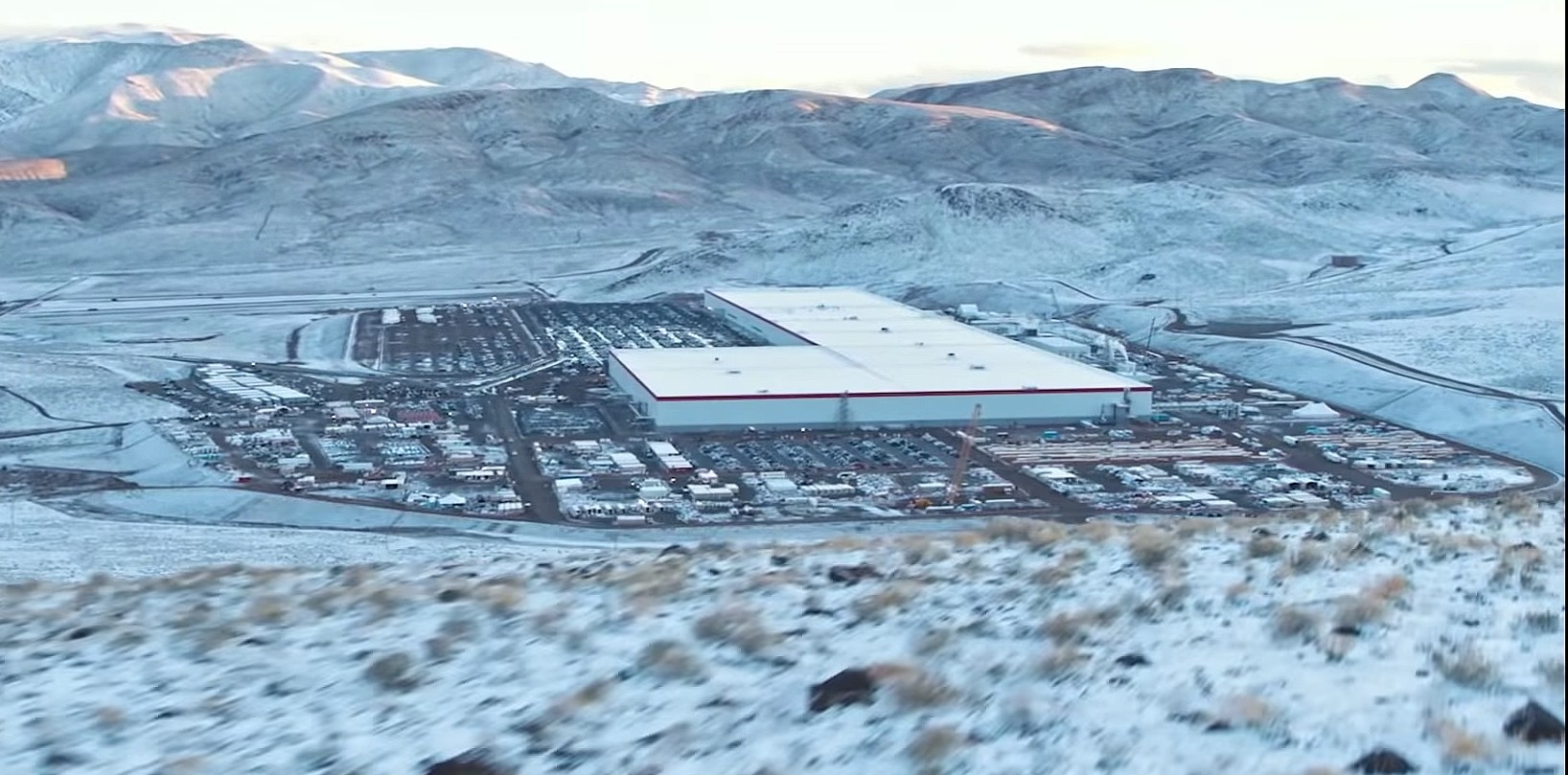
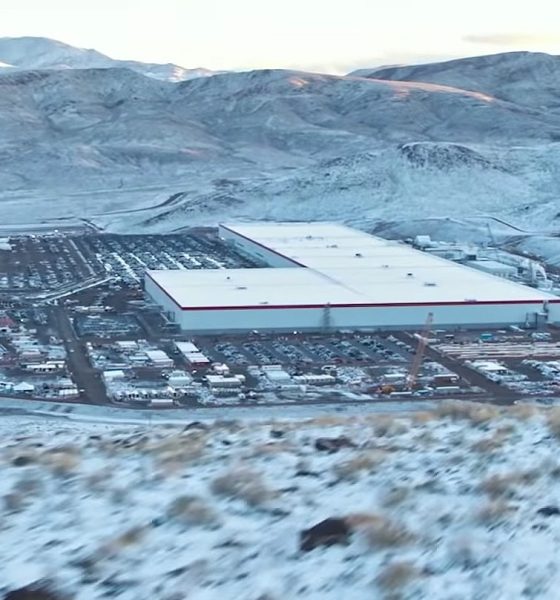
News
Tesla's focus on batteries is being proven right, and other EV makers are paying the price
As more and more automakers begin the transition to electric vehicles, it is becoming increasingly apparent that Tesla’s intense focus on batteries was right all along. Tesla’s strategies have always been criticized and examined under a microscope, and the company’s decision to build Giga Nevada, a facility dedicated to battery production for the Model 3, was no exception. But as veteran automakers like Jaguar and Mercedes-Benz are now finding out, investing tons of effort and resources on batteries matters a lot.
Tesla is among the industry’s most vertically-integrated companies. Similar to Apple’s consumer electronics and SpaceX’s rockets, most of what goes inside a Tesla electric car is designed and built in-house. Tesla is so serious about this; the company actually made its own seats. The same is true for the electronics that goes inside every Tesla. They are so different and superior to off-the-shelf components that teardown expert Sandy Munro compared them to the electronics of a literal fighter jet.
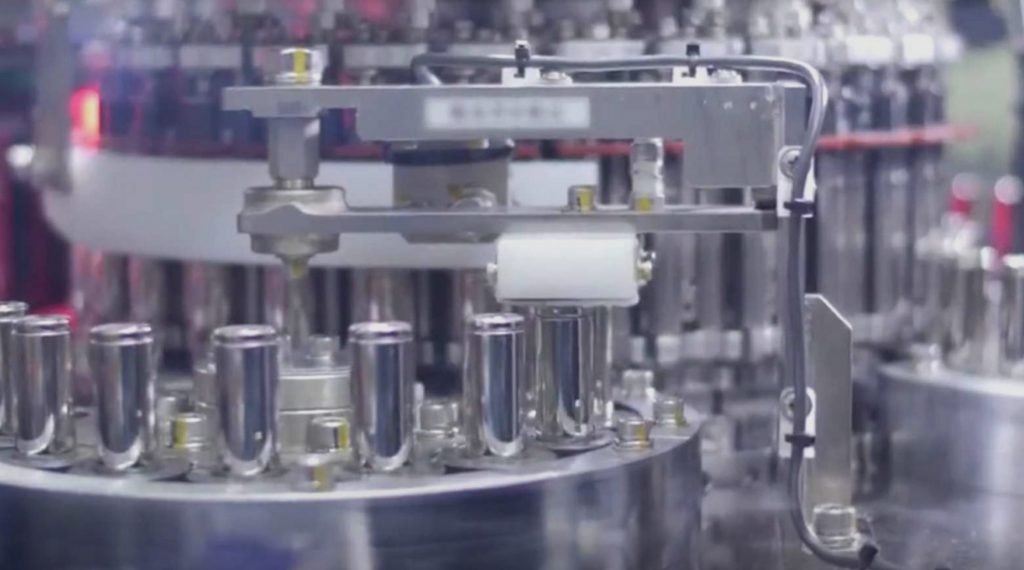
A lot of Tesla’s resources are dedicated to its battery improvements. Teslas stand tall among their rivals in the EV marketplace today primarily due to their efficiency and range, and this is made possible by the company’s battery tech. The company is not showing any signs of stopping too. Tesla has acquired several companies that could further improve its batteries, such as Maxwell Technologies and Hibar Systems. The electric car maker is even looking to produce its own batteries, with reports indicating that work is already underway to develop custom cells for Tesla’s next generation of vehicles and products.
It’s a difficult pill to swallow, but veteran automakers have reached a point where they must honestly admit that when it comes to batteries, Tesla has a notable lead. The very representation for this idea is the Porsche Taycan, an otherwise excellent high-performance electric vehicle whose ~200-mile EPA range is an Achilles Heel. Porsche, similar to other EV makers, opted for off-the-shelf batteries for the Taycan, and it shows. The car performs beautifully, and it’s arguably the only EV that can beat a Model S fair and square in a race, but it simply does not have the range or the efficiency to beat Tesla’s flagship sedan on all metrics.
It’s not just about the battery tech and specific cell chemistries either. Over the years, Tesla also had the foresight to secure ample battery supply for its vehicles and products. From Panasonic, which has been Tesla’s partner since its early days, to CATL, which is the company’s partner for Giga Shanghai, the electric car maker has made careful preparations to ensure that its vehicles and products will always have enough batteries. Other EV makers are not as fortunate.
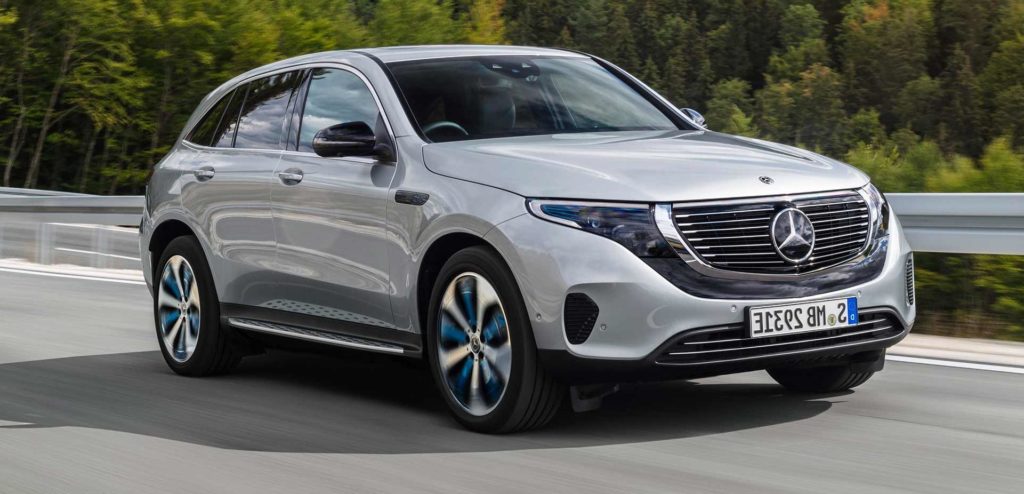
This is one of the reasons why the Jaguar I-PACE, one of the most decorated vehicles in modern auto history, actually stopped production for a week. Just like the Taycan, the I-PACE is actually a pretty decent EV, with its plush interior and aggressive exterior. But behind the I-PACE’s looks lies off-the-shelf batteries that are also used by other companies. This meant that when LG Chem could not supply enough cells for the vehicle, Jaguar had no choice but to stop the vehicle’s production temporarily.
The Mercedes-Benz EQC is in the same boat. Once deemed as a potential “Tesla Killer,” the EQC’s production target for 2020 was halved by the German automaker from 60,000 vehicles to just 30,000 units. The reason was something that is pretty familiar: Daimler just could not secure enough batteries. Even companies like Dyson and Aston Martin, both of which had plans to make EVs, eventually suspended their efforts to enter the electric car market.
Tesla is not a perfect company by any means. CEO Elon Musk would be the first to admit that the company has made many mistakes over the years. But for all its delays and production issues, there is very little that can be criticized about Tesla when it comes to its batteries and the company’s foresight in improving them and securing their supply for years to come.

News
Tesla earns top honors at MotorTrend’s SDV Innovator Awards
MotorTrend’s SDV Awards were presented during CES 2026 in Las Vegas.

Tesla emerged as one of the most recognized automakers at MotorTrend’s 2026 Software-Defined Vehicle (SDV) Innovator Awards.
As could be seen in a press release from the publication, two key Tesla employees were honored for their work on AI, autonomy, and vehicle software. MotorTrend’s SDV Awards were presented during CES 2026 in Las Vegas.
Tesla leaders and engineers recognized
The fourth annual SDV Innovator Awards celebrate pioneers and experts who are pushing the automotive industry deeper into software-driven development. Among the most notable honorees for this year was Ashok Elluswamy, Tesla’s Vice President of AI Software, who received a Pioneer Award for his role in advancing artificial intelligence and autonomy across the company’s vehicle lineup.
Tesla also secured recognition in the Expert category, with Lawson Fulton, a staff Autopilot machine learning engineer, honored for his contributions to Tesla’s driver-assistance and autonomous systems.
Tesla’s software-first strategy
While automakers like General Motors, Ford, and Rivian also received recognition, Tesla’s multiple awards stood out given the company’s outsized role in popularizing software-defined vehicles over the past decade. From frequent OTA updates to its data-driven approach to autonomy, Tesla has consistently treated vehicles as evolving software platforms rather than static products.
This has made Tesla’s vehicles very unique in their respective sectors, as they are arguably the only cars that objectively get better over time. This is especially true for vehicles that are loaded with the company’s Full Self-Driving system, which are getting progressively more intelligent and autonomous over time. The majority of Tesla’s updates to its vehicles are free as well, which is very much appreciated by customers worldwide.
Elon Musk
Judge clears path for Elon Musk’s OpenAI lawsuit to go before a jury
The decision maintains Musk’s claims that OpenAI’s shift toward a for-profit structure violated early assurances made to him as a co-founder.

A U.S. judge has ruled that Elon Musk’s lawsuit accusing OpenAI of abandoning its founding nonprofit mission can proceed to a jury trial.
The decision maintains Musk’s claims that OpenAI’s shift toward a for-profit structure violated early assurances made to him as a co-founder. These claims are directly opposed by OpenAI.
Judge says disputed facts warrant a trial
At a hearing in Oakland, U.S. District Judge Yvonne Gonzalez Rogers stated that there was “plenty of evidence” suggesting that OpenAI leaders had promised that the organization’s original nonprofit structure would be maintained. She ruled that those disputed facts should be evaluated by a jury at a trial in March rather than decided by the court at this stage, as noted in a Reuters report.
Musk helped co-found OpenAI in 2015 but left the organization in 2018. In his lawsuit, he argued that he contributed roughly $38 million, or about 60% of OpenAI’s early funding, based on assurances that the company would remain a nonprofit dedicated to the public benefit. He is seeking unspecified monetary damages tied to what he describes as “ill-gotten gains.”
OpenAI, however, has repeatedly rejected Musk’s allegations. The company has stated that Musk’s claims were baseless and part of a pattern of harassment.
Rivalries and Microsoft ties
The case unfolds against the backdrop of intensifying competition in generative artificial intelligence. Musk now runs xAI, whose Grok chatbot competes directly with OpenAI’s flagship ChatGPT. OpenAI has argued that Musk is a frustrated commercial rival who is simply attempting to slow down a market leader.
The lawsuit also names Microsoft as a defendant, citing its multibillion-dollar partnerships with OpenAI. Microsoft has urged the court to dismiss the claims against it, arguing there is no evidence it aided or abetted any alleged misconduct. Lawyers for OpenAI have also pushed for the case to be thrown out, claiming that Musk failed to show sufficient factual basis for claims such as fraud and breach of contract.
Judge Gonzalez Rogers, however, declined to end the case at this stage, noting that a jury would also need to consider whether Musk filed the lawsuit within the applicable statute of limitations. Still, the dispute between Elon Musk and OpenAI is now headed for a high-profile jury trial in the coming months.
News
Tesla Giga Shanghai celebrates 5 million electric drive unit milestone
The milestone was celebrated by the company in a post on its official Weibo account.
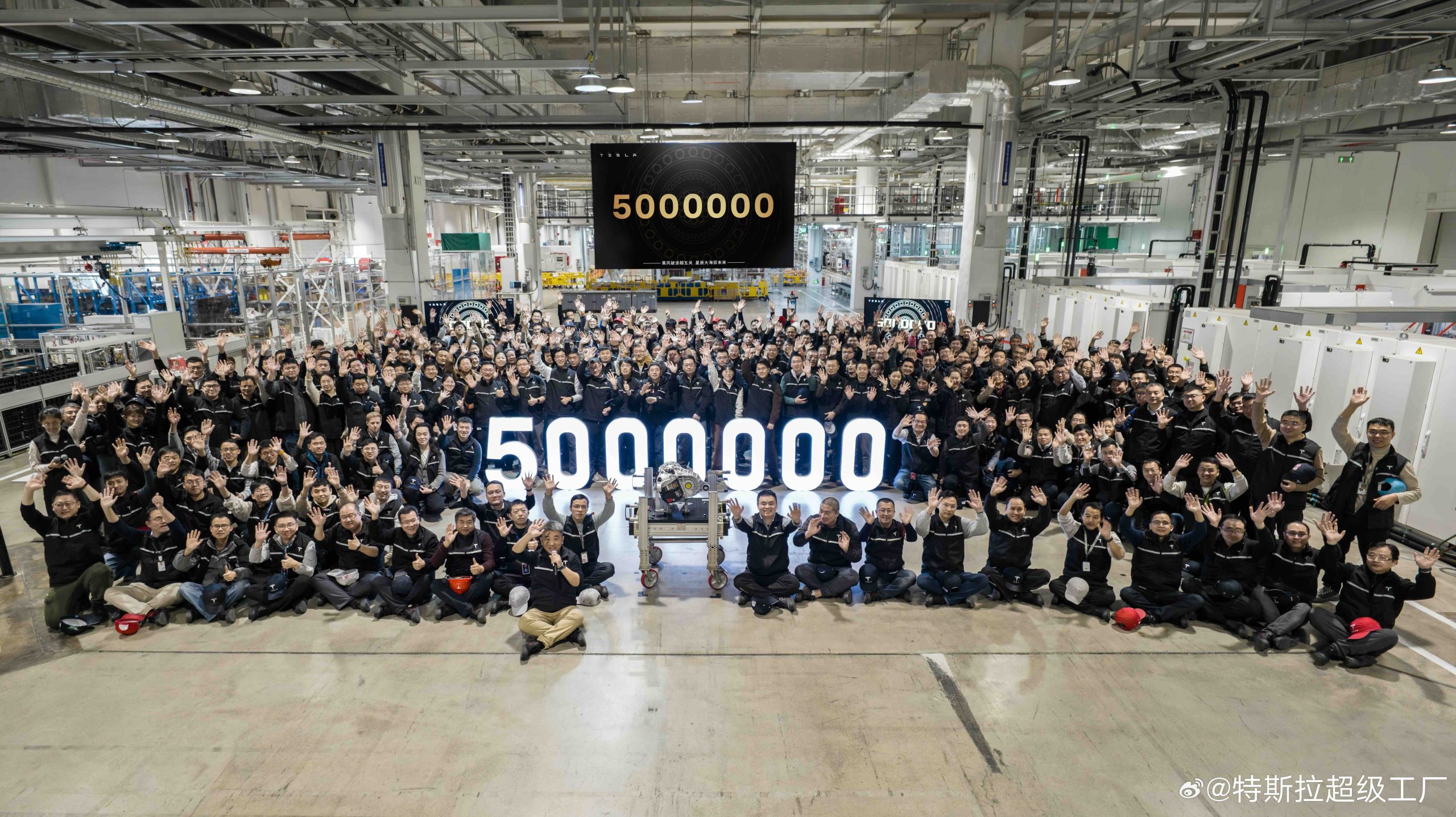
Tesla China has reached another manufacturing milestone at Gigafactory Shanghai, rolling out the facility’s 5 millionth locally produced drive unit.
The milestone was celebrated by the company in a post on its official Weibo account. In its post, the Giga Shanghai team could be seen posing with the 5 millionth drive unit.
Giga Shanghai’s major benchmark
The milestone drive unit was produced at Gigafactory Shanghai, which produces the Model Y and the Model 3. In a release, Tesla China noted that its three-in-one integrated electric drive system combines the motor, gearbox, and inverter into a single compact assembly. This forms a powerful “heart” for the company’s electric cars.
Tesla China also noted that its drive units’ integrated design improves energy conversion efficiency while reducing overall weight and complexity, benefits that translate into stronger performance, improved handling, and longer service life for its vehicles.
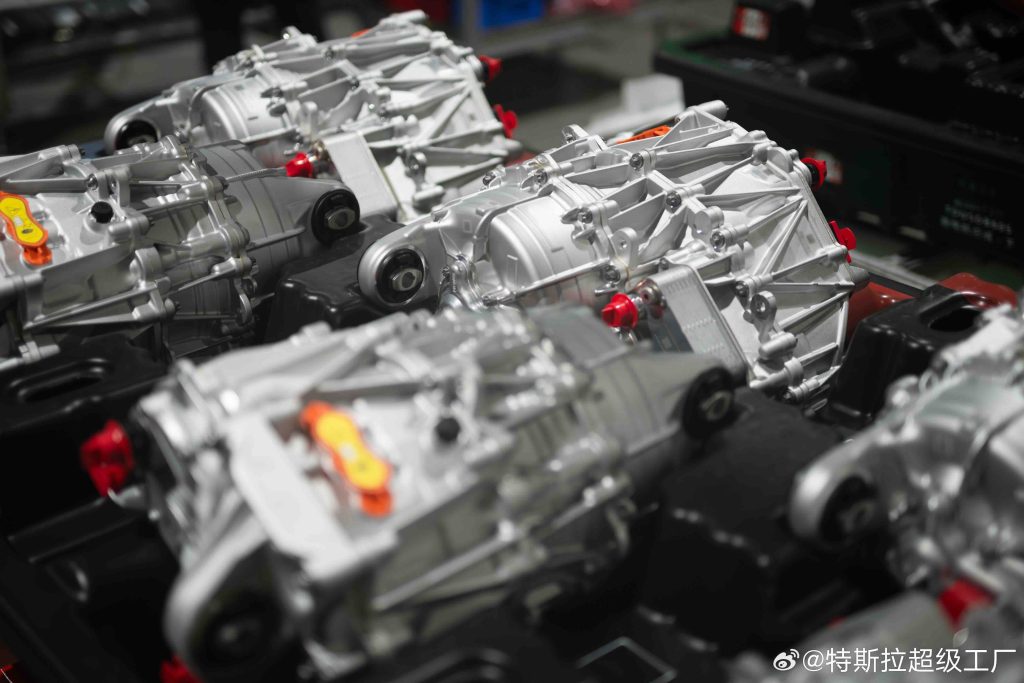
The new milestone builds on earlier achievements at the same site. In July 2024, Tesla announced that its 10 millionth electric drive system globally had rolled off the line at the Shanghai plant, making it the first self-produced Tesla component to reach that volume.
More recently, the factory also produced its 4 millionth China-made vehicle, a Model Y L. The factory has also continued hitting global production milestones, rolling out Tesla’s 9 millionth EV worldwide late last year, with the landmark vehicle being a Tesla Model Y.
Tesla China’s role
Construction of Giga Shanghai began in January 2019, with production starting by the end of that year. This made it the first wholly foreign-owned automotive manufacturing project in China. The facility began delivering Model 3 vehicles locally in early 2020 and added Model Y production in 2021. The plant is now capable of producing about 1 million vehicles annually.
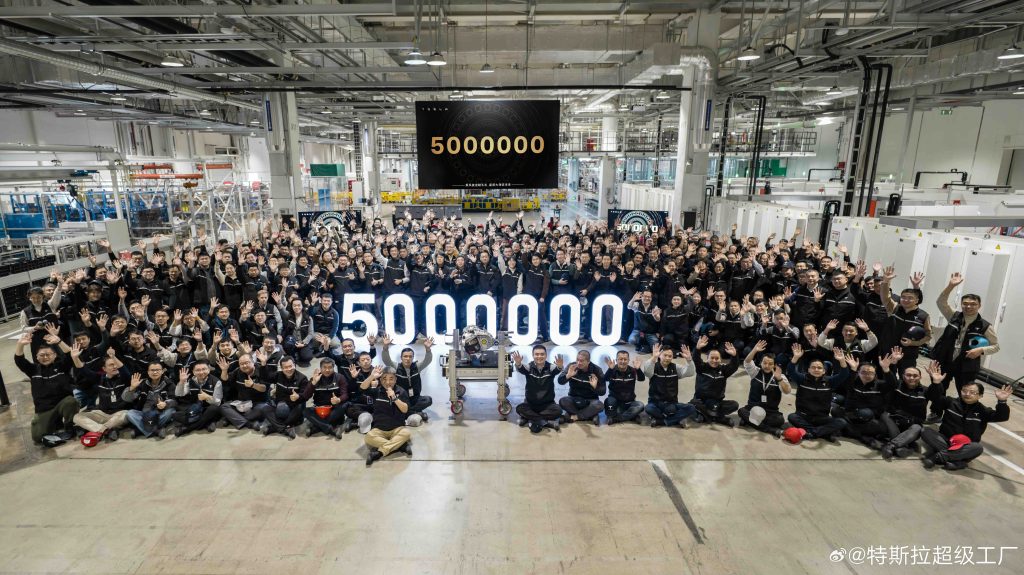
Throughout 2025, Giga Shanghai delivered 851,732 vehicles, representing a 7.08% year-on-year decline, according to data compiled by CNEVPost. Even so, recent months showed renewed momentum.
In December alone, Tesla China recorded wholesale sales of 97,171 vehicles, including domestic deliveries and exports, making it the company’s second-best monthly total on record, per data from the China Passenger Car Association. Retail sales during December reached roughly 94,000 units, up about 13% year over year.








